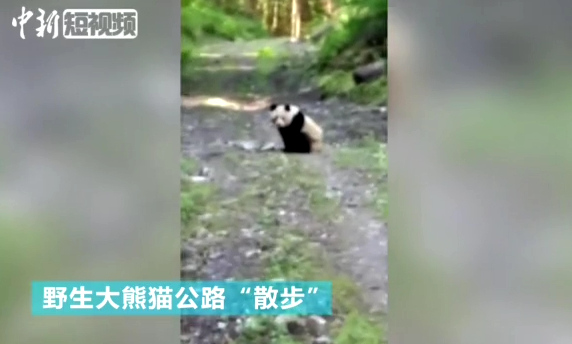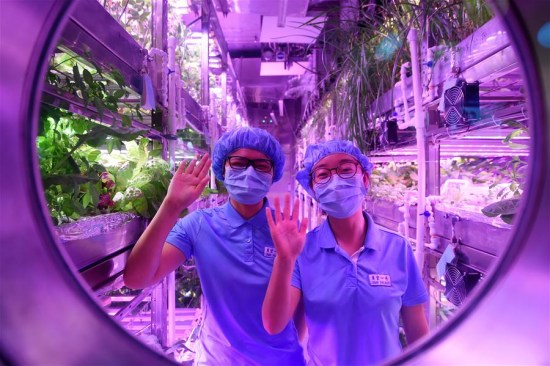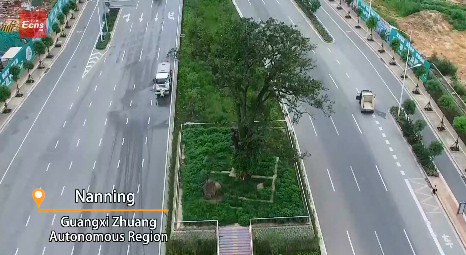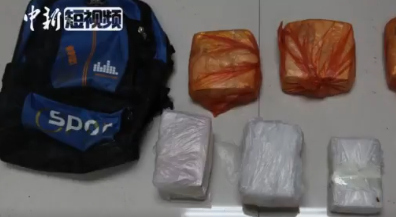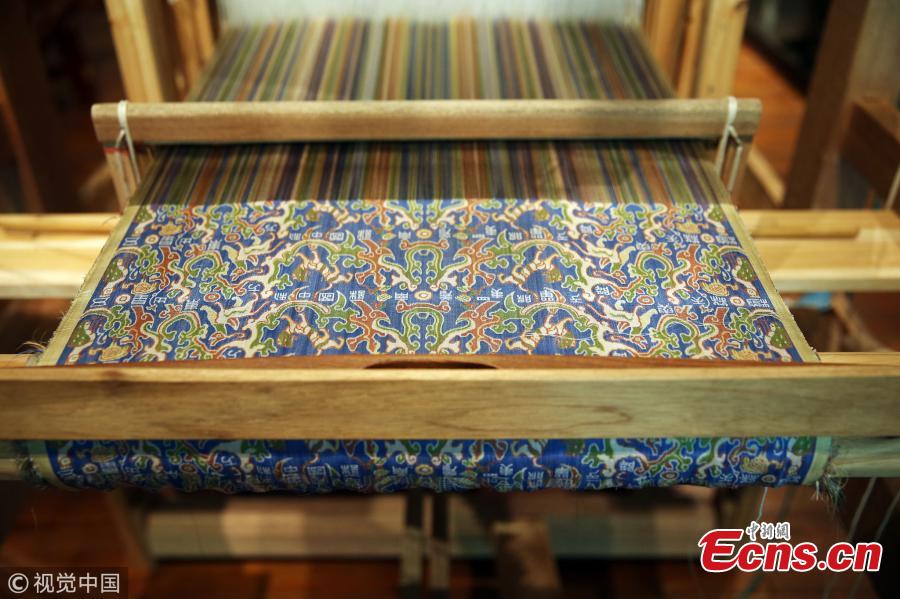
A replica of a colorful brocade embroidered with the text “Wuxing Chu Dongfang Li Zhongguo”, which literary means "Five stars rise in the east, benefitting Zhongguo” and was unearthed in October 1995 at the Niya ruins in Xinjiang Uygur Autonomous Region, is on display at the China Silk Museum in Hangzhou City, East China’s Zhejiang Province, May 20, 2018. It took researchers of the museum one year to make the replica with a pattern loom recreated on the base of remains found in the Laoguanshan Tomb of Han Dynasty (206 BC ? 220 AD) in Chengdu City in 2012. (Photo/VCG)
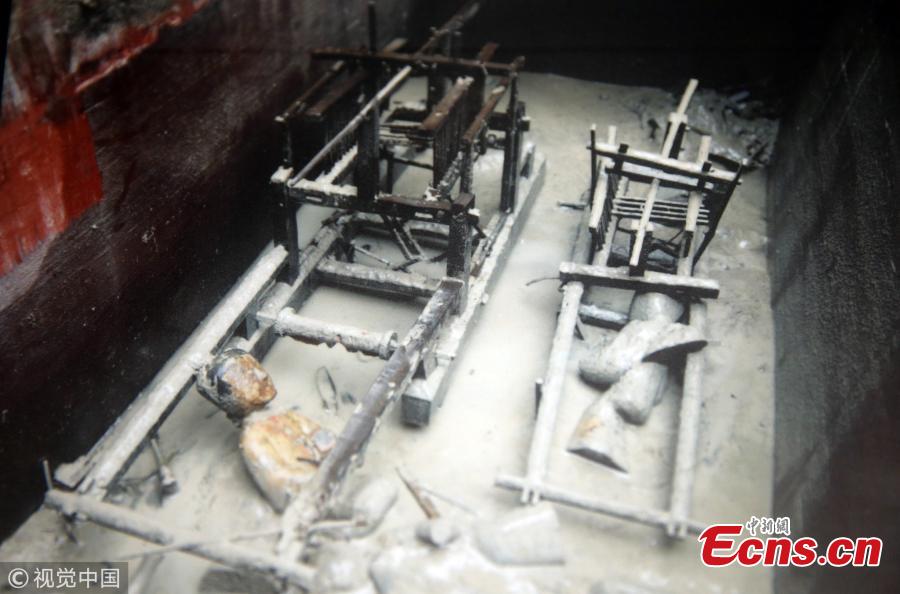
A replica of a colorful brocade embroidered with the text “Wuxing Chu Dongfang Li Zhongguo”, which literary means "Five stars rise in the east, benefitting Zhongguo” and was unearthed in October 1995 at the Niya ruins in Xinjiang Uygur Autonomous Region, is on display at the China Silk Museum in Hangzhou City, East China’s Zhejiang Province, May 20, 2018. It took researchers of the museum one year to make the replica with a pattern loom recreated on the base of remains found in the Laoguanshan Tomb of Han Dynasty (206 BC ? 220 AD) in Chengdu City in 2012. (Photo/VCG)
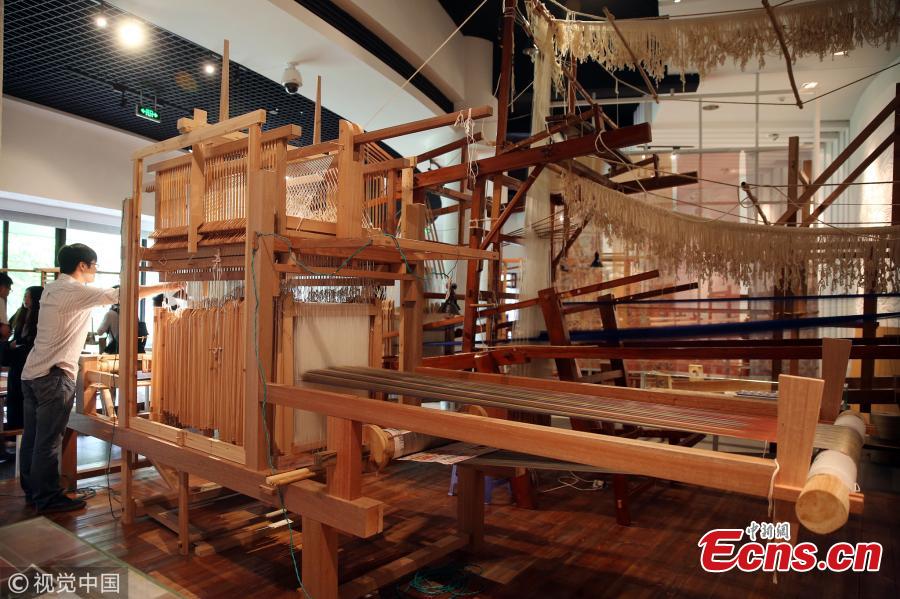
A replica of a colorful brocade embroidered with the text “Wuxing Chu Dongfang Li Zhongguo”, which literary means "Five stars rise in the east, benefitting Zhongguo” and was unearthed in October 1995 at the Niya ruins in Xinjiang Uygur Autonomous Region, is on display at the China Silk Museum in Hangzhou City, East China’s Zhejiang Province, May 20, 2018. It took researchers of the museum one year to make the replica with a pattern loom recreated on the base of remains found in the Laoguanshan Tomb of Han Dynasty (206 BC ? 220 AD) in Chengdu City in 2012. (Photo/VCG)
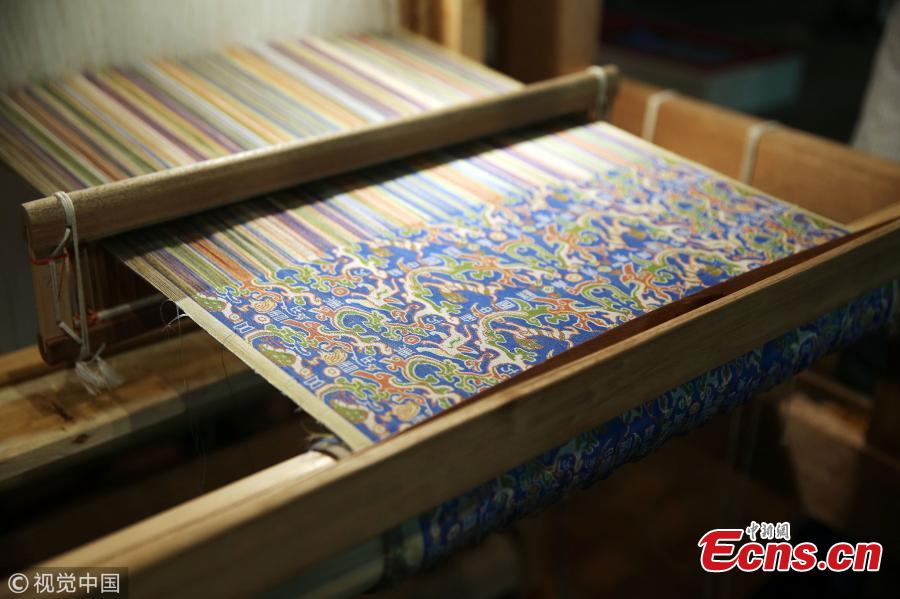
A replica of a colorful brocade embroidered with the text “Wuxing Chu Dongfang Li Zhongguo”, which literary means "Five stars rise in the east, benefitting Zhongguo” and was unearthed in October 1995 at the Niya ruins in Xinjiang Uygur Autonomous Region, is on display at the China Silk Museum in Hangzhou City, East China’s Zhejiang Province, May 20, 2018. It took researchers of the museum one year to make the replica with a pattern loom recreated on the base of remains found in the Laoguanshan Tomb of Han Dynasty (206 BC ? 220 AD) in Chengdu City in 2012. (Photo/VCG)
















